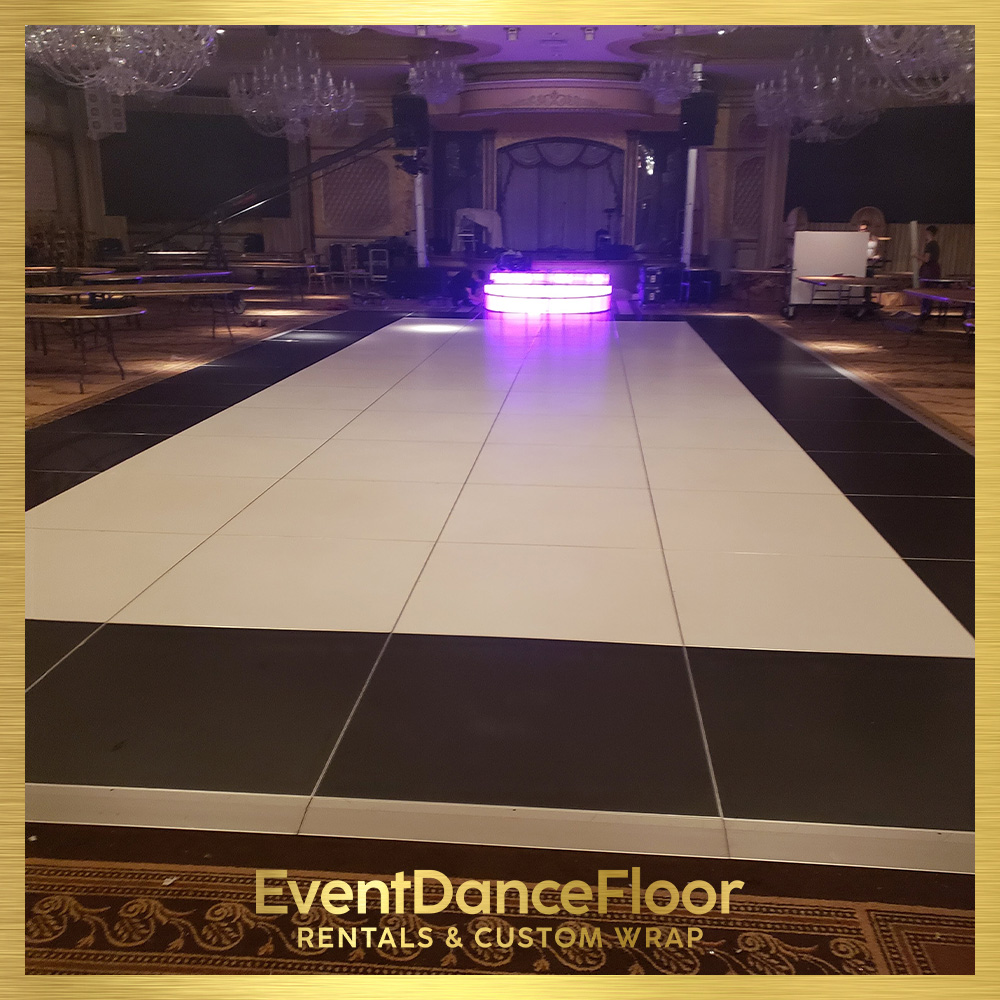Frequently Asked Questions
The hardness of hardwood flooring plays a crucial role in a dancer's joint health and comfort during performances, as it directly influences shock absorption, impact resistance, and overall biomechanical efficiency. A harder surface can lead to increased strain on joints such as the knees and ankles due to reduced cushioning properties, which may result in discomfort or overuse injuries like tendinitis or stress fractures. Conversely, an appropriately calibrated level of hardness provides optimal support for dynamic movements while allowing for adequate energy return during jumps and landings. This balance mitigates excessive force transmission through the musculoskeletal system, promoting longevity in performance careers by reducing fatigue-related issues. Therefore, selecting hardwood varieties with suitable Janka hardness ratings is essential for enhancing stability while ensuring that dancers maintain proper alignment and technique throughout their routines without compromising safety or physical well-being.
Vinyl flooring and marley dance floors exhibit distinct slip-resistance properties that significantly influence safety and fall prevention in various environments. Vinyl flooring, often characterized by its textured surface, provides a certain level of traction which can vary based on the specific finish—some variations offer enhanced grip while others may be more prone to slipperiness when wet. In contrast, marley dance floors are specifically designed for performance spaces; they feature a unique composition that balances slide and grip, facilitating movement without compromising stability. The coefficient of friction is usually higher on marley surfaces due to their specialized formulation intended for dancers' needs, promoting safer pivoting and quick directional changes essential in choreography. Overall, the choice between vinyl flooring and marley dance floors hinges not only on aesthetic preferences but also critically involves assessing their respective slip-resistance capabilities to minimize fall risks during high-activity use cases such as dancing or exercise routines.
Temperature variations significantly influence the performance characteristics of foam-backed dance mats compared to traditional sprung floors. As temperature increases, the viscoelastic properties of foam materials can lead to enhanced energy absorption and shock attenuation, resulting in a softer landing that may reduce impact stress on dancers' joints; however, excessive heat can also cause degradation or distortion in foam structure over time. Conversely, traditional sprung floors maintain their resilience across varying temperatures but may experience stiffness at lower temperatures due to increased rigidity in wooden components and spring mechanisms. Additionally, humidity levels associated with temperature fluctuations could affect surface grip and traction on both types of flooring; while foam-backed mats might become slick if moisture permeates through them, sprung floors typically offer stable frictional resistance unless exposed to extreme environmental conditions. Ultimately, understanding these thermal dynamics is crucial for optimizing dancer safety and enhancing overall performance within diverse practice environments.
Different carpet textures significantly influence foot traction and stability for tap dancers by affecting the interaction between the dancer's shoes and the surface beneath. Low-pile carpets, often with a dense weave, provide a smoother surface that allows for greater slide during intricate movements like shuffles or pull-backs, while maintaining enough grip to prevent slips. In contrast, high-pile or shag carpets create more friction due to their plush fibers, which can absorb impact but may hinder quick transitions and precise footwork necessary in complex routines. The level of abrasion offered by various carpet types also plays a critical role; coarser textures might lead to increased resistance against tap sounds being produced effectively, whereas softer surfaces could dampen sound quality. Additionally, factors such as pile density and fiber composition—whether nylon or polyester—further contribute to how stable a dancer feels when executing rapid sequences like wings or cramp rolls on these textured surfaces.
Moisture absorption significantly contributes to maintaining safety on cork flooring for ballet dancing by enhancing grip and reducing the risk of slips. The natural cellular structure of cork allows it to absorb humidity, which creates a slightly tacky surface that provides dancers with better traction during movements such as pirouettes and grand jetés. This moisture management minimizes excessive friction that can lead to injuries or falls while simultaneously promoting an optimal balance between cushioning and stability, essential for executing complex choreography safely. Furthermore, the resilient properties of cork help in shock absorption, offering support to dancers' joints during repetitive jumps and landings. By effectively regulating moisture levels within the dance environment, cork flooring ensures a secure performance area where artistic expression can thrive without compromising safety standards associated with injury prevention in ballet practices.

